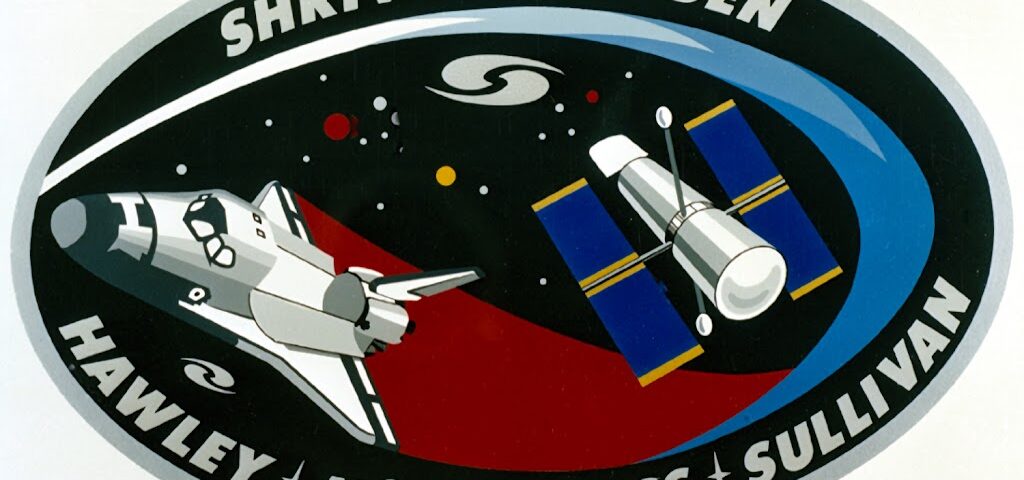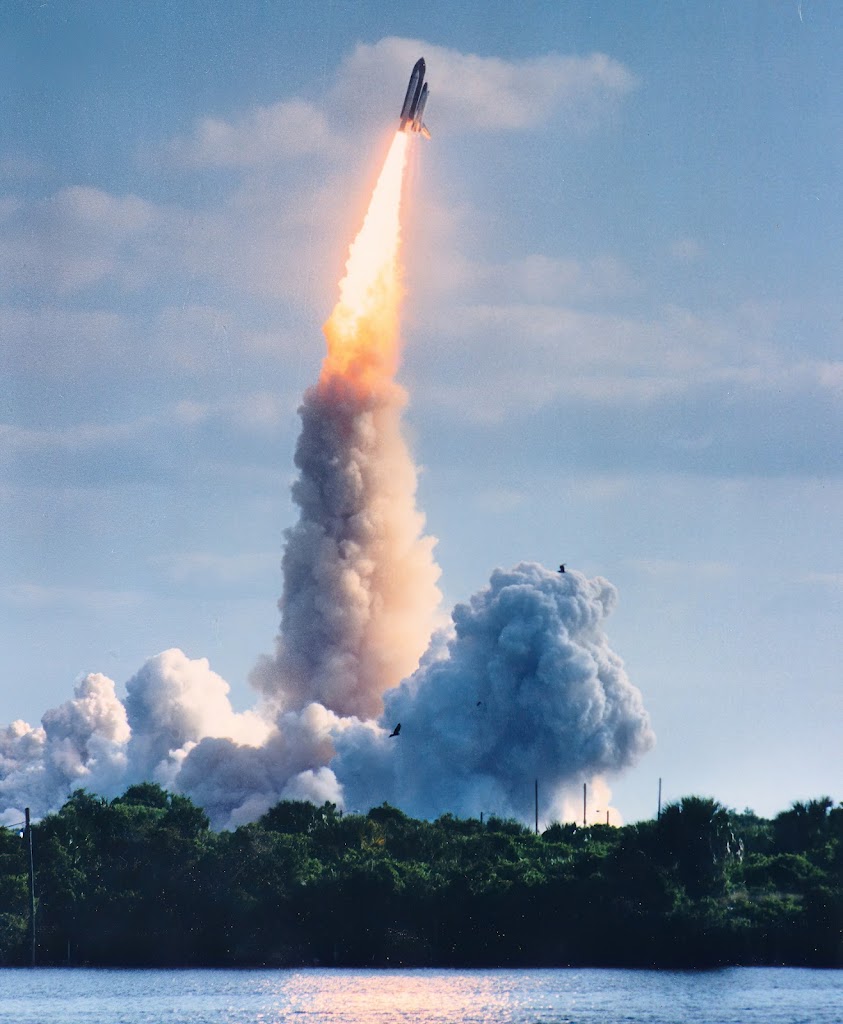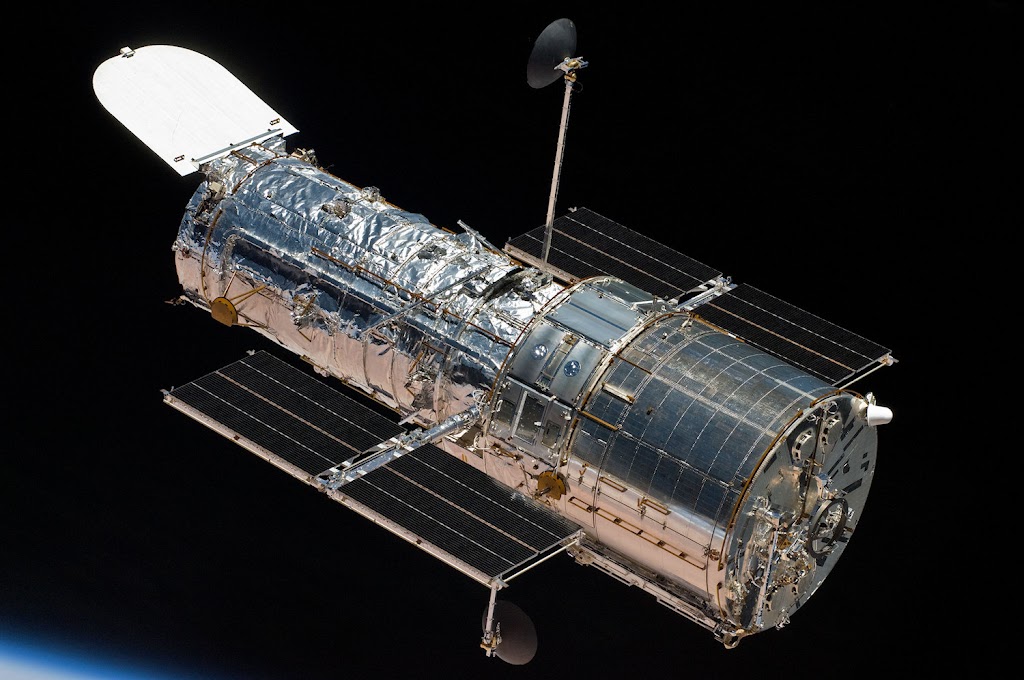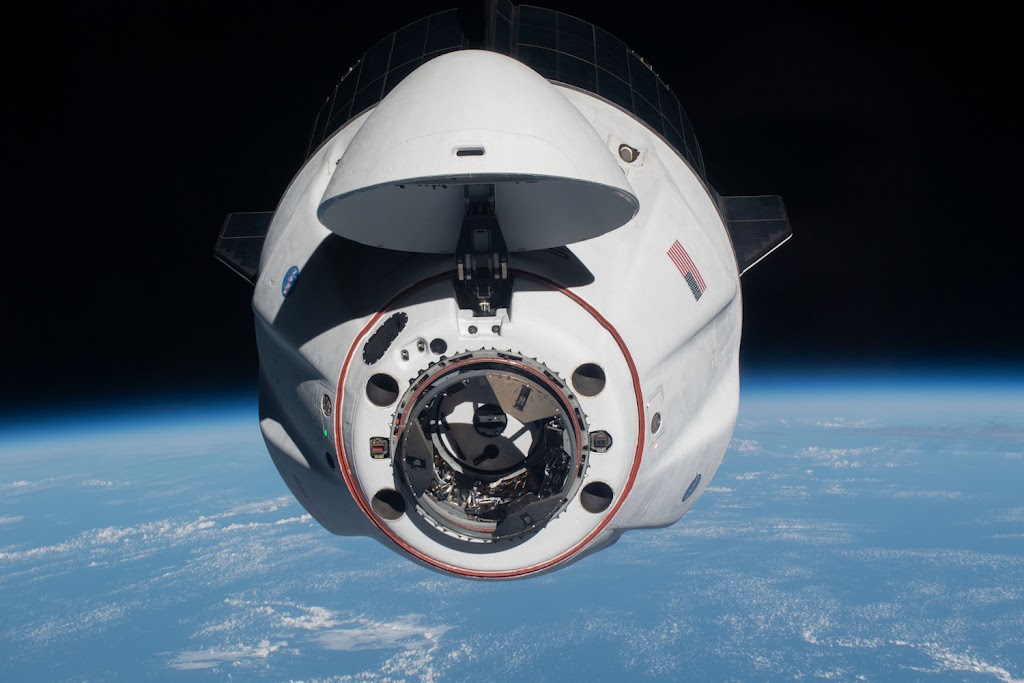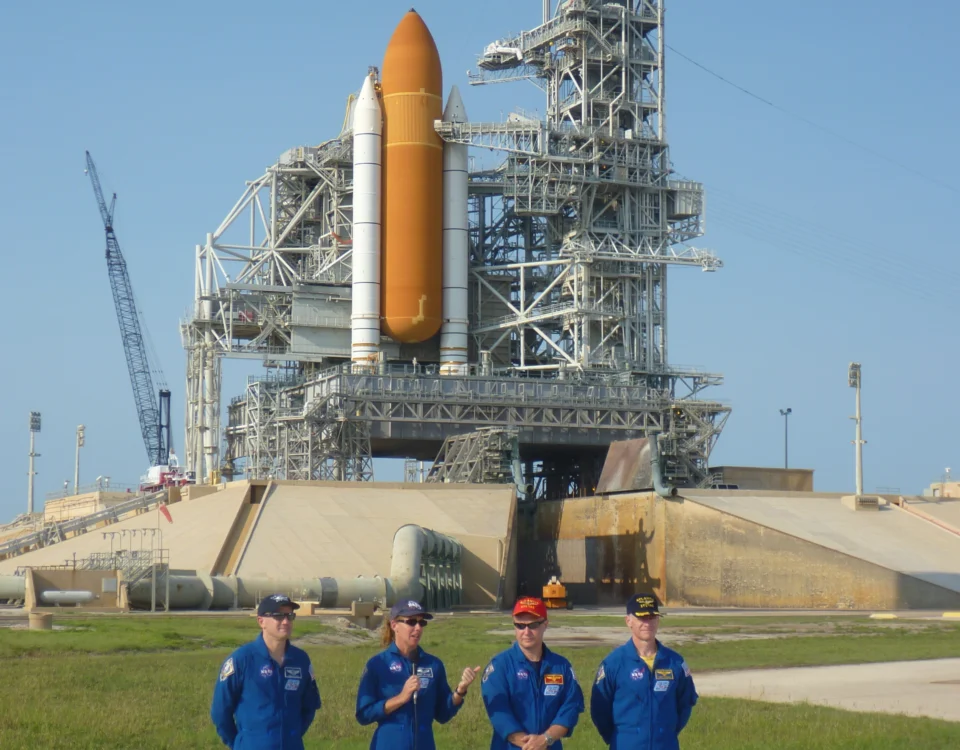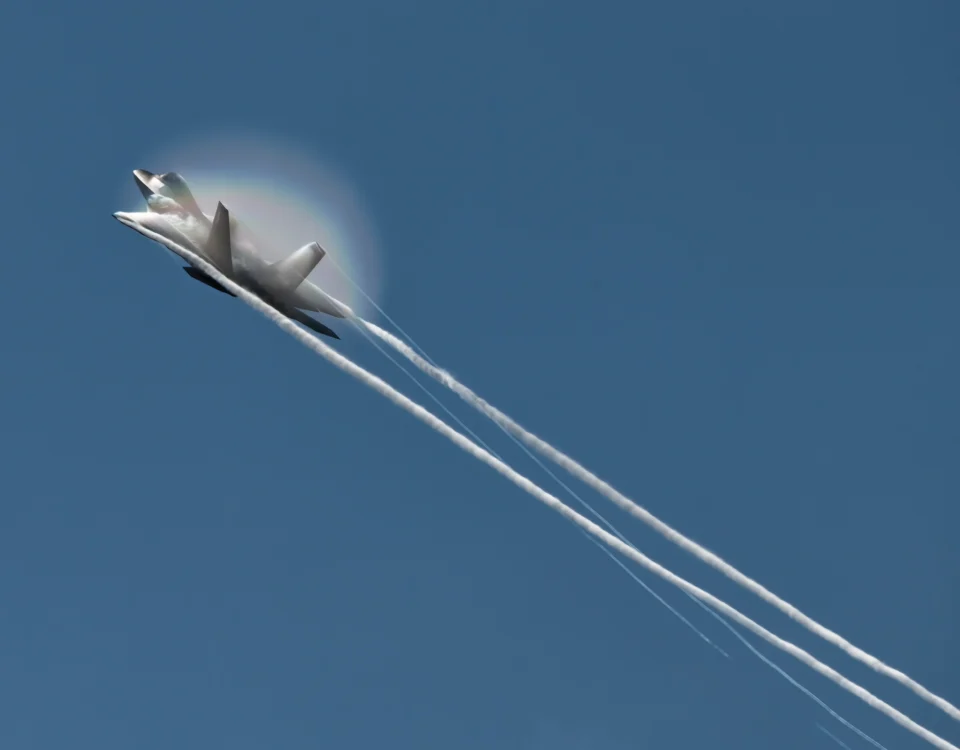Thirty-three years ago today, I found myself once again in Florida
wondering if I’d ever see a space shuttle launch. Despite making several
long-haul trips to Kennedy Space Center, the temperamental technological
complexity of the Space Transportation System had rewarded me with nothing but
disappointment.
On this trip, three days earlier, I’d once again stood on the turf
of the press site at KSC, anxiously watching the famed countdown clock descend
to just four minutes before Discovery was due to loft the Hubble Space
Telescope into orbit on mission STS-31. And that was the moment when the clock
froze, technicians discovering a faulty valve in an auxiliary power unit.
STS-31 flight crew logo reflecting Discovery’s precious cargo, the Hubble Space Telescope. Image: NASA
Two weeks later, on April 24, 1990, I was back in the shadow of
the massive Vehicle Assembly Building, the countdown clock again making its
agonizing journey down to main engine start and the moment of ascension when
the Solid Rocket Boosters kicked in. We sailed past the four-minute mark, down
to one minute, watching each second pass, 33, 32, 31… Wait, still 31? The clock
is stopped at 31? A recalcitrant valve was the culprit this time, but the issue
was quickly resolved. The countdown resumed, Discovery came alive with a
surge upwards at zero, and I witnessed one of the greatest aerospace sights I
could possibly imagine.
My view from the Kennedy Space Center press site as Discovery hauls the Hubble Space Telescope “uphill” into orbit. Recorded, of course, on film. Photo: Frank Moriarty/Aerospace Perceptions
Though I returned to KSC numerous times over the decades that
followed, and covered STS-135 Atlantis as that mission brought the Space Shuttle program to a close, I remain envious of my fellow media members for
whom witnessing spaceflight is a regular occurrence.
Still, it was a privilege to attend the launch of the Hubble Space
Telescope, a payload that would have a seismic impact upon astronomy and our
understanding of the vast realms that surround our solar system.
But now, with the successful launch and 2022 implementation of the
new James Webb Space Telescope, the question becomes: what now for Hubble?
The Hubble Space Telescope at work, photographed May 19, 2009 – the last time the telescope had visitors. Photo: NASA
Already the subject of several technically challenging servicing
missions – most recently in 2009 – Hubble is confronting the spacecraft mortality
that most objects in orbit inevitably confront. Though Hubble will continue to
contribute to science into the 2030s, the telescope’s orbit is slowly decaying.
In 2017 Sierra Nevada Corporation proposed utilization of their Dream
Chaser “space plane,” to be launched by an Atlas V and then returning to Earth
to a gliding landing, much like the Space Shuttle. In between, a crew would service
Hubble and prepare it for a renewed lifespan.
But it wasn’t until September 22, 2022, that concrete action was
taken. On that date, NASA and SpaceX, in a partnership with its manned mission
Polaris Program, announced a Space Act Agreement to look into the feasibility
of using SpaceX’s Dragon spacecraft “to
boost the agency’s Hubble Space Telescope into a higher orbit with the Dragon
spacecraft, at no cost to the government.” NASA was quick to caution in
its release, “There are no plans for NASA to conduct or fund a servicing
mission or compete this opportunity; the study is designed to help the agency
understand the commercial possibilities.”
It was envisioned that gathering
technical data and analyzing all aspects of this proposal to determine “whether
it would be possible to safely rendezvous, dock, and move the telescope into a
more stable orbit” would take roughly six months of study. Which means that at
any time now, we could hear the results of this initial effort.
Although inevitably NASA will some day face the challenges of deorbiting or disposing of Hubble, if that final chapter can be held off for an additional period of decades in the name of science, the legacy of the Hubble Space Telescope will become even more remarkable.



